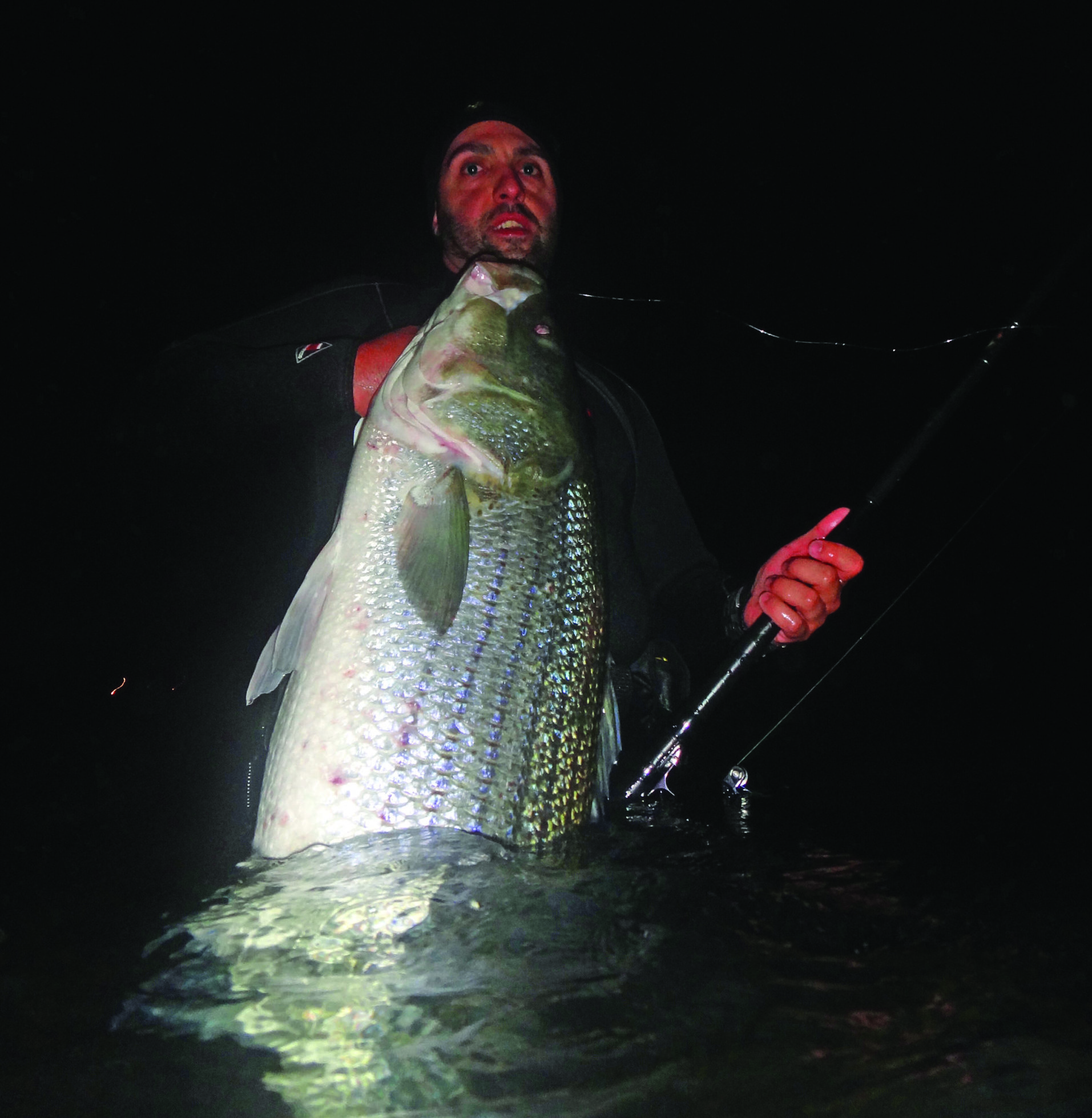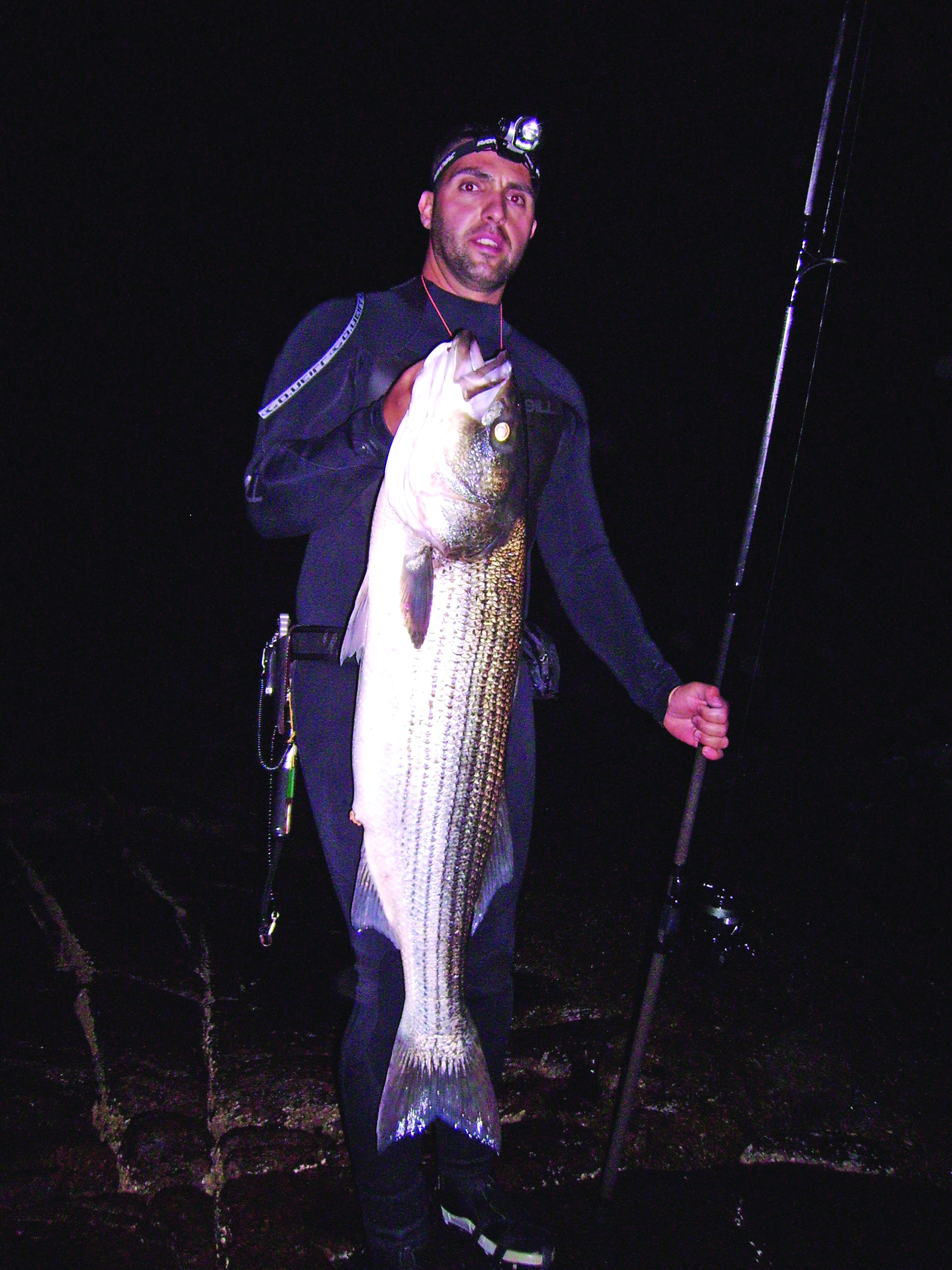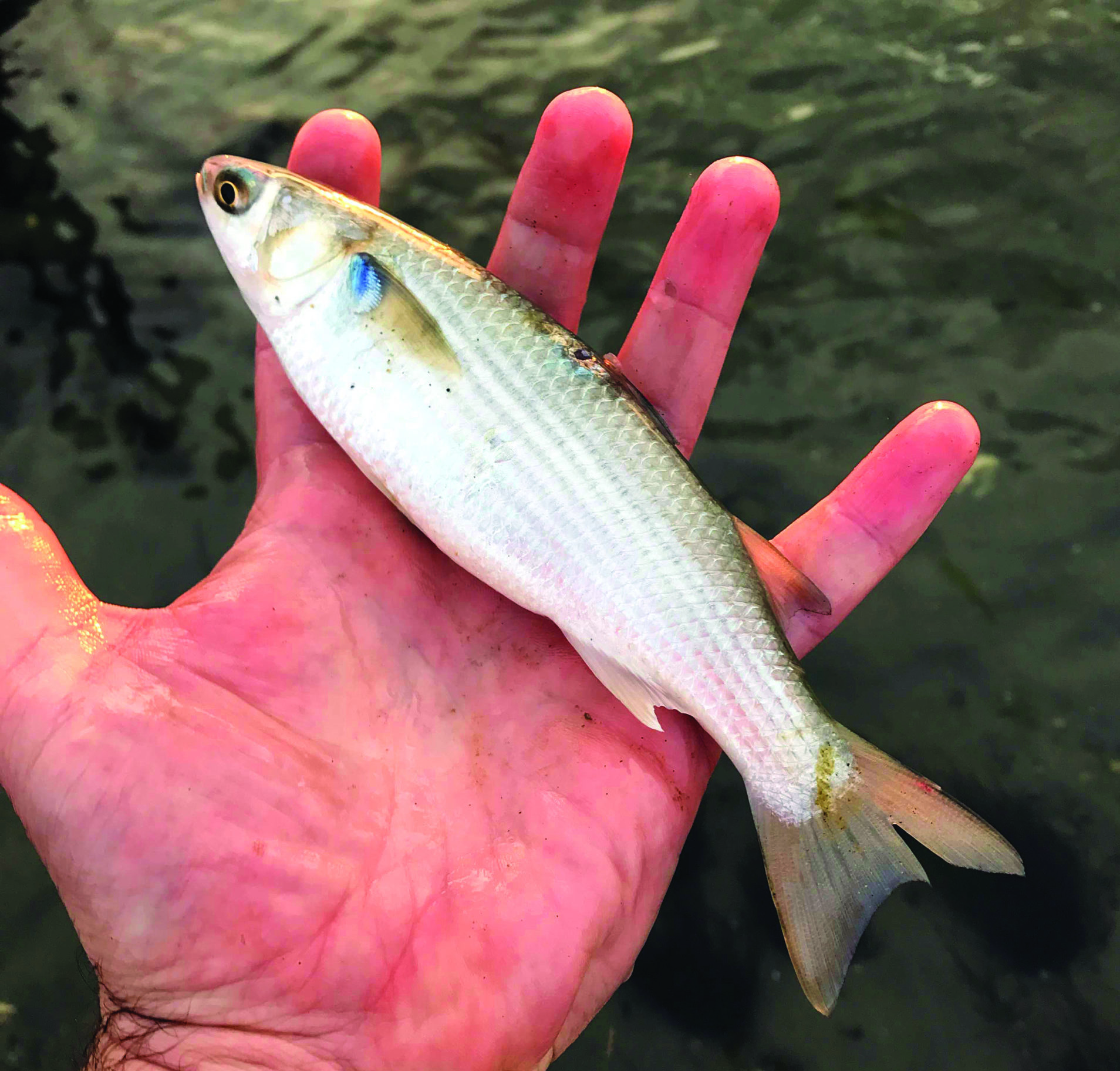
Each week in September is like its own miniature season.
For many surfcasters here in the Northeast, September is thought of as prime time. This 30 day stretch is packed with opportunity and not nearly enough time to take advantage of it all. The last day of August passes, and it’s amazing, the ocean seems to take on a different feel overnight. It might be real or it might be a sense of urgency that sets in when you wake up, look at your phone and see “September 1” on the screen. Whatever it is, the clock never ticks louder than it does in September.
Week 1: Don’t Make The Mistake
One of the biggest mistakes that surfcasters make when we flip the calendar page to September is waiting for it to ‘feel like fall’. It’s not at all uncommon for the first week of September to feel like summer; let’s not forget that summer doesn’t officially end until September 21. But remaining in that summer slide, holding down the beach chair with ice in the cooler is a mistake. My experience has taught me that the fall run actually begins in late August, sometimes mid-August, the fish go by feel not a calendar, so don’t fall into that trap.
The big determining factor is an outpouring of baitfish. Keeping regular tabs on local estuaries, looking for peanut bunker, small mullet, rain bait, silversides or any other species of baitfish born in our estuaries will give you a head start on when to up your surfcasting focus. When these fish start to exit the ponds the fishing will ramp up in a hurry.
I don’t drive myself crazy trying to fish with lures that replicate peanut bunker or any of these other small baits. Mother Nature has arranged for their survival by sending them out in armies of millions. Throwing plugs that supposedly match their size and silhouette is only going to draw attention to all the things that aren’t right about your offering compared to the million real ones around it. Instead, I throw something larger and I like to fish with something I can work at a variety of speeds.
One of my favorite plugs for fishing around schools of small bait is the 6-inch Sebile Magic Swimmer. Other lures that have scored well for me are loaded Red Fins, Beachmaster Atom Juniors and Super Strike Darters.
Week 2: Meet Joe Dirt
By the second week of September any straggler surfcasters that haven’t been staying on it, will be scrambling to get into the game. Reports will undoubtedly be coming out from various channels talking about great peanut blitzes in Newport, some giant bass taken from a South County breachway after chub mackerel blitzed in the evening, or fish to 25 pounds crushing bunker along Atlantic Road all the way up on Cape Ann. And while I can’t cover it all in this short article, the one thing I have often observed in the second week of September is the first push of mullet exiting the estuaries from Narragansett Bay to Watch Hill.
It’s odd that mullet really seem to be a Rhode Island thing in New England, I have seen them a few times in estuaries that empty into Buzzards Bay, and my Connecticut contacts tell me they are a rare sight in Long Island Sound. But if you fish Montauk all the way through New Jersey – and I’d have to imagine clear to Florida – mullet are prevalent in the fall. These baitfish are unique in that they tend to stay very close to shore and seem totally unfazed by pounding waves.
When the mullet exit the estuaries you can expect to see a fast uptick in daytime striper activity. It’s a cliché that blue over white plugs work best when mullet are in the wash, but this has not been my experience. I have seen the best results, by far, using solid white lures. I have also seen far better results using lures I can fish very fast. I tend to lean on lures like Super Strike Bullets, Beachmaster Wadds, the Shimano Stickbait and heavy tins like the Nautilus from Point Jude. The mullet move quickly and often jump clear of the surface, I do my best to replicate a mullet that’s switching into freak mode whenever I see them in the wash.

Week 3: Hunting A Good One
It’s true that all of September holds increased odds for a giant in the surf, but so many of my best September stripers have come between the 20th and the 28th that I instinctually put my head down starting in the third week and really put my efforts into finding a big one. Nearly all of the high-30 and 40-pound class fish I or my fishing partners have landed in September have taken a live eel. As I go back through the catches, it’s funny, calm nights have seen more fish coming from shallow flats and points while the rougher nights have produced bigger fish from rocky perches where my casts were landing in depths of 10 to 25 feet. One tip I can offer is to fish long leaders when fishing rocky perches, it gives you something to grab onto when landing the fish and protects your braid during the fight.
But not all of my big fish came on live eels. Needlefish plugs have stood as my number two taker of ‘good’ fish during the ninth month. Fish into the low 40-pound class have snatched slow sink needles like the Flat-Glide (a lure of my own design) when twitched through current sweeping across a shallow, grassy flat. Super Strike needles loaded with 15 or 30 grams of bird shot have helped me find the bottom in some of the deeper areas and have accounted for September stripers to 38 pounds for me. The key with the loaded needles is to tend bottom with the plug, allowing it to drop back a few times throughout the cast, so that it won’t get pulled too far up in the water column.
I like to fish these needles with a filed sharp 7/0 Siwash hook dressed with five or six long hackles. For the forward treble I use a 4/0 VMC FishFighter. Because these plugs hook a good number of larger fish I use Spro split rings, they haven’t failed me yet.
Week 4: Expect Bad Weather
I don’t know what it is about that last week of September, but there always seems to be a hurricane offshore, or tropical storm remnants or a powerful nor’easter. It should go without saying that this can happen any time in September, but when it happens in the fourth week we all, simultaneously, realize the fragility of the fall fishery. A storm landing at your doorstep right when a big body of fish has settled in your home waters is never a good thing. Long stretches of large waves dirty the water, wild wind shifts can move bait around and those two things combined often mean bidding farewell to a good bite.
I’m a weather fanatic, it’s gotten to the point now that I try to make my own forecasts based on what I can infer from the map. My track record is far from perfect, but that’s meteorology isn’t it? When bad weather threatens, I try to remember that the fish can feel the weather coming. While some surfcasters get all fired up to fish in the teeth of the storm, I stay home on the storm night and fish hard in the days and even hours leading up to its final approach. The fishing usually starts to ratchet up at least 24 hours before the effects of the storm can be felt at the shore.
Things can get really good when the groundswell starts to increase and larger waves begin pounding the shoreline. These are the nights when I fish spots with massive tidal exchange, prominent points, areas affected by inlets or breachways, passages between bays or spaces between islands. I choose these places because the water tends to stay cleaner for longer and, as the baitfish race for cover, the bass move in and strap the feedbag on. Bottle Plugs and soft plastics on leadheads are two of my favorites for heavier surf, the NorthBar Bottle Darter is also a solid choice. I recommend fishing hard until the waves build past the point of being able to land fish safely. After the storm, I tend to wait a few days, opting to let the water clean up while I fish for freshwater bass.

Other Distractions
Yes, I am well aware of the fact that all of this is taking place during the height of hardtail season and I’m equally aware that you will need to sleep at some point and work somewhere in there too. I’m not going to get all high and mighty with you here and tell you ignore the albies either, because I sure can’t ignore them. So you have to play the game the way it was intended to be played. Use the weather and your allotment of time to make the best fishing decision in the moment. If you have a weekday off and the weather is pretty stable, fish for albies. If there’s a storm on the horizon, fish for bass that night and sleep in.
But when we have those gray days with southwest winds at 10 to 20 mph, a building sea and plenty of bait around… that’s when you have to crack your knuckles, do both and suffer the next day. It might hurt for a day or two but it will pale in comparison to the months of self-flagellation you’ll have to endure if you don’t go and then you find out that you missed out.
September is now, don’t waste it because next September is next year!





